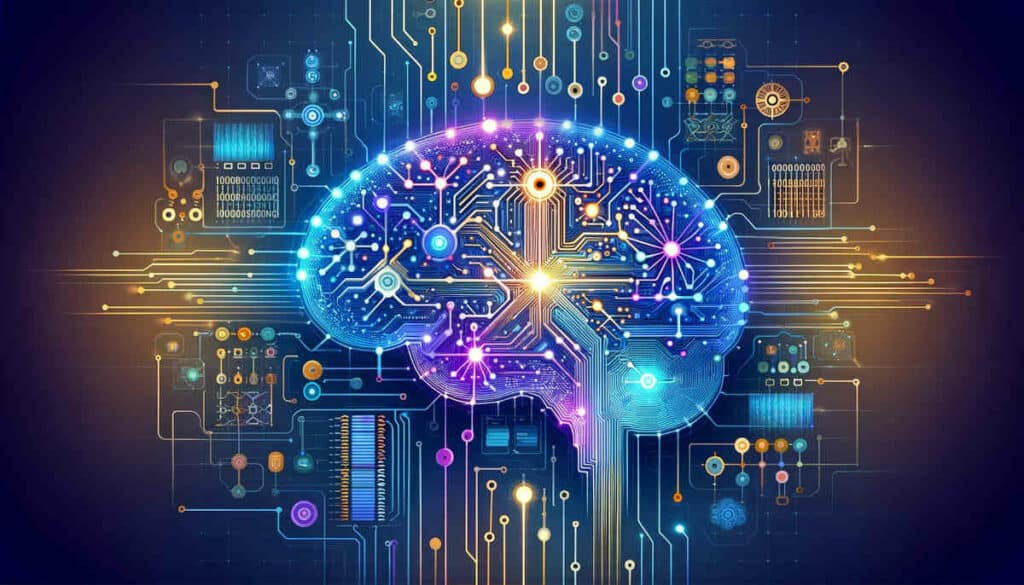
Unlocking the Power of LLMs: How They Supercharge AI Chatbots? Let Us Explain
In the world of artificial intelligence (AI), understanding the role of Large Language Models (LLMs) like GPT-3 in the development of AI chatbots is crucial. LLMs are sophisticated AI models trained on vast amounts of text data, enabling them to generate human-like text and respond contextually to various inputs. But how exactly do these models tie into the realm of AI chatbots?
Understanding LLMs:
Large Language Models such as GPT-3 are designed to understand and generate human-like text based on the patterns and information they have been trained on. They utilize deep learning techniques to process and generate responses that mimic human language, making them incredibly versatile tools for natural language processing tasks.
The Role of AI Chatbots:
AI chatbots are applications programmed to simulate human conversation through textual or auditory methods. They are used across various industries for customer service, information retrieval, and even therapeutic purposes. AI chatbots rely heavily on natural language understanding and generation, which are areas where LLMs excel.
How LLMs Enhance AI Chatbots:
Natural Language Understanding (NLU): LLMs can comprehend complex language nuances, allowing chatbots to interpret user queries more accurately. This capability helps chatbots provide relevant responses based on the context of the conversation.
Contextual Responses: LLMs like GPT-3 can generate responses that are contextually relevant and coherent. This means AI chatbots powered by LLMs can hold more natural and engaging conversations with users, improving user satisfaction and interaction quality.
Continuous Learning: LLMs can be fine-tuned and updated with new data, enabling AI chatbots to adapt to changing language patterns and user preferences over time. This adaptability is crucial for maintaining chatbot effectiveness and relevance.
Applications Across Industries:
From healthcare to finance, education to e-commerce, AI chatbots enhanced by LLMs are revolutionizing customer service, streamlining information retrieval processes, and personalizing user experiences. They can handle a wide range of queries autonomously, freeing up human agents for more complex tasks.
Future Innovations:
As LLM technology advances, the capabilities of AI chatbots will continue to evolve. Future developments may include chatbots that can engage in multi-modal conversations (text and voice), understand emotions, and provide more personalized recommendations.
Conclusion:
In essence, LLMs play a pivotal role in enhancing AI chatbots by enabling them to understand, generate, and respond to natural language in a way that closely mirrors human conversation. This synergy between LLMs and AI chatbots is driving innovation across industries, transforming customer interactions and user experiences. As we look ahead, the collaboration between these technologies promises even more exciting advancements in the field of artificial intelligence.
Have you experienced an AI chatbot powered by LLM technology? Share your thoughts and experiences in the comments below!
You may also like
Archives
Calendar
| M | T | W | T | F | S | S |
|---|---|---|---|---|---|---|
| 1 | 2 | 3 | 4 | 5 | 6 | 7 |
| 8 | 9 | 10 | 11 | 12 | 13 | 14 |
| 15 | 16 | 17 | 18 | 19 | 20 | 21 |
| 22 | 23 | 24 | 25 | 26 | 27 | 28 |
| 29 | 30 | 31 | ||||
Leave a Reply